On October 7, 2024, Hydro-Québec’s Efficient Solutions – Simplified Offer subsidy program was updated to version 5.1. This update directly affects the subsidies awarded for your ventilation and heating projects. To better guide you through subsidy options and ensure your customers benefit as much as possible, we have analyzed and summarized the program changes for you.
Program 4.1 has also been kept in force until March 30, 2025. Thus, projects whose work began between October 7, 2024 and March 30, 2025 are eligible for programs 4.1 and 5.1. You can refer to the image below to fully understand the evolution of the programs.

The changes in brief
Here’s a quick overview of the changes by category.
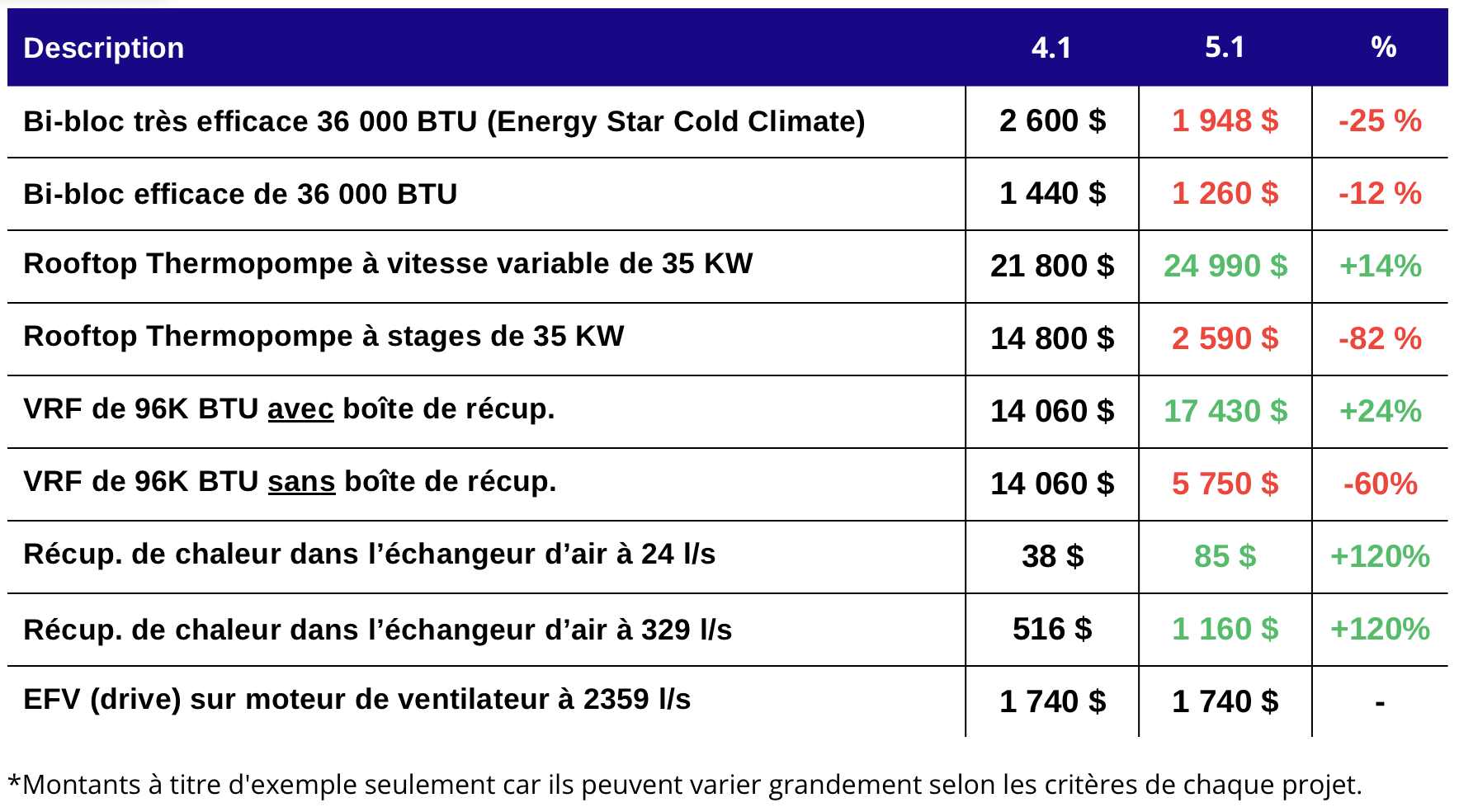
The changes in detail
Here’s a little more detail on each change to help you understand the logic behind the program modifications.
Bi-Bloc heat pumps
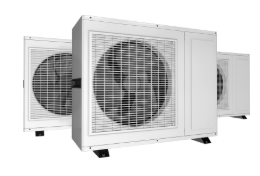 In the 4.1 program, split systems were divided into two categories: efficient heat pumps and highly efficient heat pumps. In the new 5.1 version, this distinction has been eliminated in order to introduce a bonus for Energy Star and Energy Star Cold Climate certification. Thus, a heat pump unit that is not Energy Star is subsidized at approximately $35 per 1,000 BTUs of heating capacity. Energy Star certification allows for a bonus of approximately 15%, which translates to approximately $40 per 1,000 BTUs, and Energy Star Cold Climate certification allows for a bonus of 35%, which translates to approximately $47 per 1,000 BTUs.
In the 4.1 program, split systems were divided into two categories: efficient heat pumps and highly efficient heat pumps. In the new 5.1 version, this distinction has been eliminated in order to introduce a bonus for Energy Star and Energy Star Cold Climate certification. Thus, a heat pump unit that is not Energy Star is subsidized at approximately $35 per 1,000 BTUs of heating capacity. Energy Star certification allows for a bonus of approximately 15%, which translates to approximately $40 per 1,000 BTUs, and Energy Star Cold Climate certification allows for a bonus of 35%, which translates to approximately $47 per 1,000 BTUs.
Rooftop heat pumps
 Rooftop heat pump units have been upgraded by around 14% in program 5.1, but only when the compressor is variable speed. Units with constant-speed or stage compressors have seen a major reduction of around 80%.
Rooftop heat pump units have been upgraded by around 14% in program 5.1, but only when the compressor is variable speed. Units with constant-speed or stage compressors have seen a major reduction of around 80%.
The intention is obviously to encourage the installation of more efficient units. The higher subsidy is therefore intended to cover the price difference.
VRF heat pumps
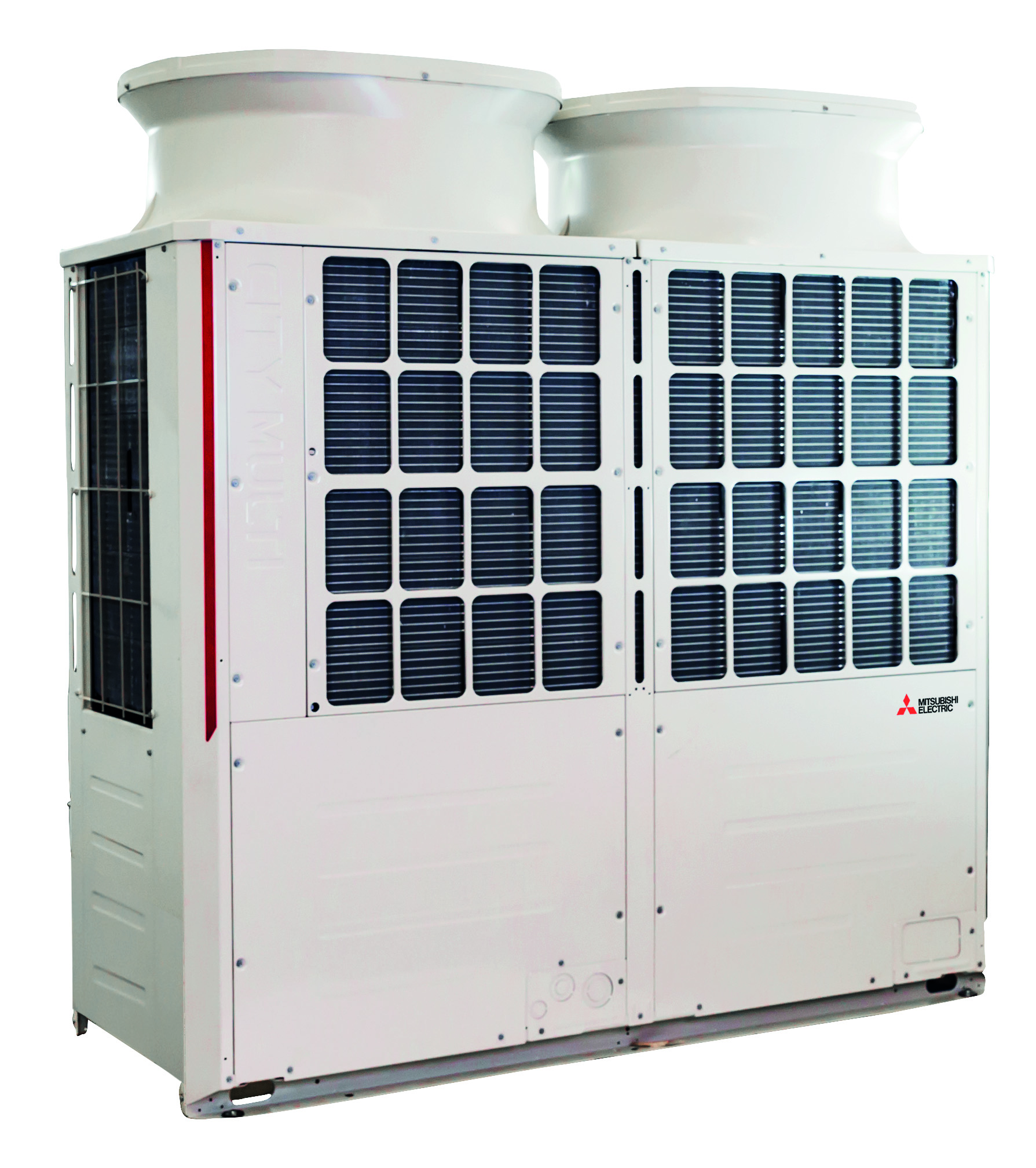 VRF heat pumps received an approximately 24% increase in the 5.1 program, but only when a heat recovery unit is installed. If there is no heat recovery unit, the grant amounts were reduced by approximately 60%.
VRF heat pumps received an approximately 24% increase in the 5.1 program, but only when a heat recovery unit is installed. If there is no heat recovery unit, the grant amounts were reduced by approximately 60%.
It will therefore be important to consider installing heat recovery units with VRF systems in your future projects.
Exhaust air heat recovery
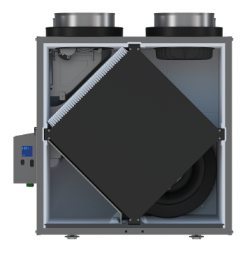 This measure was increased by around 120% in program 5.1. Certain distinctions have been made in relation to heat recovery technology. For example, a heat wheel gives far more subsidy than a plate heat exchanger (enthalpy cube), while a regenerative cassette gives even more subsidy than a heat wheel. Once again, the more efficient the technology, the higher the subsidy.
This measure was increased by around 120% in program 5.1. Certain distinctions have been made in relation to heat recovery technology. For example, a heat wheel gives far more subsidy than a plate heat exchanger (enthalpy cube), while a regenerative cassette gives even more subsidy than a heat wheel. Once again, the more efficient the technology, the higher the subsidy.
The program has also added a feature relating to the amount of time the air exchanger is used per week. A system used 100% of the time benefits from the maximum amounts, while partial use can reduce the amounts by around 20%.
EFV (Drive) on fan motor
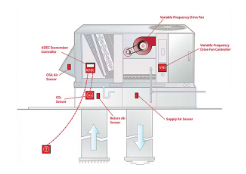 We have not noted any changes for this measure. It is still very interesting to take advantage of subsidies for drives on fan motors, especially when combined with other project measures (for example, a rooftop heat pump with drive).
We have not noted any changes for this measure. It is still very interesting to take advantage of subsidies for drives on fan motors, especially when combined with other project measures (for example, a rooftop heat pump with drive).
Heat pump for domestic hot water heating
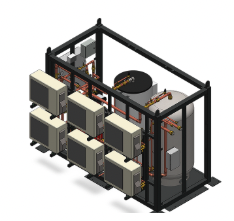 This measure has been greatly simplified, making this equipment much more accessible. In previous versions of the program, the subsidy was based on the surface area of the building. In program 5.1, the subsidy is now calculated according to the heating capacity of the heat pumps, like the other measures.
This measure has been greatly simplified, making this equipment much more accessible. In previous versions of the program, the subsidy was based on the surface area of the building. In program 5.1, the subsidy is now calculated according to the heating capacity of the heat pumps, like the other measures.
Power demand management
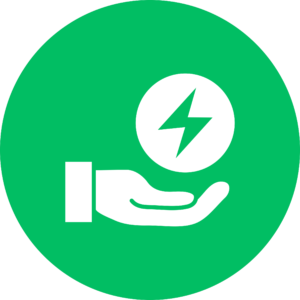 A new and very interesting measure has been added in relation to power demand management, also known as “Peak”. This measure consists of subsidizing the installation of a control system that reduces electricity consumption during peak periods. For example, a heating and ventilation control system could raise the temperature of a space 2 hours before the peak period, and then turn off the heating or reduce it drastically during the peak.
A new and very interesting measure has been added in relation to power demand management, also known as “Peak”. This measure consists of subsidizing the installation of a control system that reduces electricity consumption during peak periods. For example, a heating and ventilation control system could raise the temperature of a space 2 hours before the peak period, and then turn off the heating or reduce it drastically during the peak.
Subsidy amounts are around $5,000 per 100 kW of actual power billed by Hydro-Québec.
We hope you find this information useful in helping your customers make the most of these subsidies. We remain available at all times to assist you with your projects, calculate potential subsidy amounts for your proposals and apply for subsidies for your projects.
